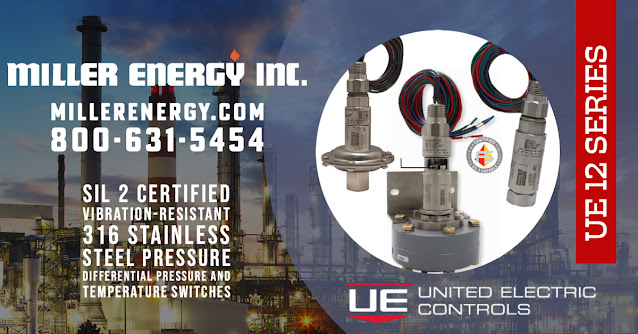 |
Petrochemical plants are one of many industrial process
control operations to benefit from comprehensive alarm plans |
Industrial process control operators and designers have the capability to measure many aspects of machine operation and process performance. Determining the elements to measure, method of measurement, and how to handle and process the derived information can be challenging, but can also impact the security, performance, and safety of an operation. A plan for monitoring, reporting, and responding to abnormal process conditions, if properly developed and executed, can yield real benefits to a process operator. A protocol that is not well conceived may produce a negative operational impact by creating events that unnecessarily draw resources away from productive endeavor. That protocol, or plan, is often referred to as an alarm plan.
There are numerous forces that can influence the development and implementation of an alarm plan. Each operation must incorporate its own set of external regulatory requirements, internal procedures and policies into a complete alarm protocol. Distilling that macro description down to a workable set of procedures and response tasks is where the real work begins. There is, however, a basic framework that can help organize your thinking and focus on what is most important.
- What parameters define the process or operation?
Produce a schedule of every non-human element that is required to make the process function. This will require drilling down through every machine and material that is part of the operation. Expect the schedule to be extensive, even huge. If it is not, consider that your analysis may not be reaching deep enough. The goal here is to create an overview of what makes the process work and provide a tool for systematically studying the process elements and gleaning possible commonalities or relationships among them. Consider disregarding things that cannot be measured, since that prevents the derivation of data for evaluation. Review the completed schedule and decide which parameters shall be measured and evaluated for proper performance.
- What level of measurement is needed for each monitored parameter?
An assessment of the needed accuracy, frequency, and resolution for parameter measurement will help define the requirements for instrumentation or other devices used to monitor a particular item. The goal is to make sure the monitoring device is capable of detecting and delivering information of sufficient quality to make decisions.
- Define the limits of acceptability for each monitored parameter.
Until the endpoint of the process or operation, each step is likely dependent in some way on previous steps. The output of each step becomes the input of the next. While this, in many cases, may be an oversimplification, it is important to consider the relationships between the tasks and operations that comprise the process. Monitored parameters should relate to the successful completion of a process step, though not necessarily be a direct indicator of success. The maintenance of the parameter within certain bounds may be used as an indicator that a component of successful completion was properly attained. Defining limits of acceptability may involve an element of subjectivity and will likely be customized to accommodate the process. Each organization shall evaluate their operation and determine limits based upon intimate process knowledge and experience.
- Define abnormal operation for each monitored parameter.
Abnormal operation may not necessarily be any value not within what is considered acceptable. Consider abnormal to be the range of values that would be cause for notification of the operator, or even automated or human intervention. Note that the definition of unacceptable or abnormal operation might appropriately include filters or defined relationships with other parameters. An example of a simple filter is a time delay. If the measured variable exceeds the specified limit for 2 seconds, it make not be significant. If the threshold is exceeded for 2 minutes, it may be cause to take action. As with the limits of acceptability, developing the definition of abnormal operation for each parameter will be customized for each process.
- Provide a defined response for every alarm occurrence.
If it is important to monitor something, then it is likely important to do something when things get out of hand. Human executed alarm response should be concise and uncomplicated, to reduce the probability of error. Automated response should be designed in a manner that provides for functional testing on a regular basis. The scope of the response will be specific for each process, with the level of response depending upon factors determined by the process operators. Response can be as simple as annunciating the condition at a monitoring station, or as dire as shutting down part or all of the process operation.
- Review every alarm event.
Each alarm event should be logged and reviewed. Consider whether the event detection and response was adequate and beneficial. If the results were less than expected or desired, assess whether changes can be made to provide improved results in the future. The alarm plan is unlikely to be perfect in its first incarnation. Be prepared to reevaluate and make changes to improve performance.
The exercise of developing a comprehensive alarm plan will help to build understanding of process operation for all involved parties. This article is but a brief synopsis of the subject, intended to get the reader on the path of developing a useful alarm plan. Your alarm plan should an extension of process operation decision making, and have a goal of enhancing safety and reducing loss. Contact the process control and combustion specialists at
Miller Energy for additional input.






